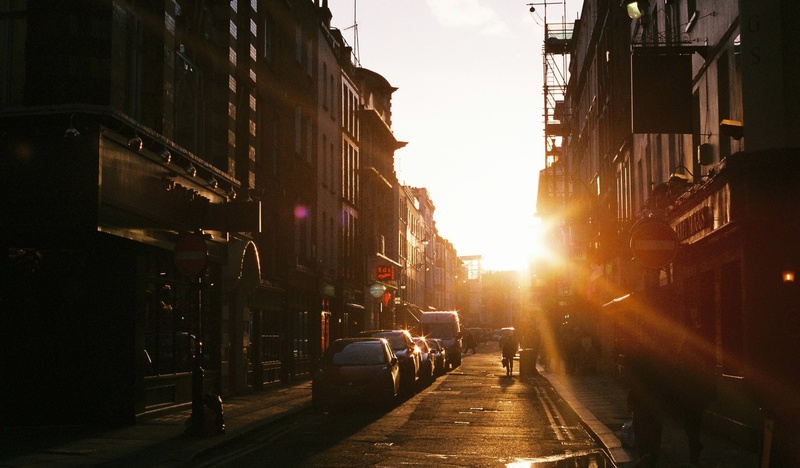Spaces and Flows’s Updates
A Playbook on the Politics of Better Streets
CityLab | Article Link | by Richard Florida
During her tenure as New York City’s transportation commissioner, Janette Sadik-Khan oversaw the addition of 400 miles of new bike lanes, helped implement the nation’s largest bike-sharing system, converted 60 plazas into spaces where people could sit and relax, and repurposed 180 acres of asphalt for pedestrian and bike use. None of it was easy—she faced opposition, harsh criticism, and even legal backlash along the way.
In her new book Streetfight: Handbook for an Urban Revolution—written with her longtime colleague and chief media strategist Seth Solomonow—Sadik-Khan tells the story of how she made it happen, offering a roadmap for making cities and neighborhoods safer, more sustainable, and more connected. And she argues this can be done without spending huge sums of money. By emphasizing fast, easy-to-implement, “do-it-yourself” solutions, Sadik-Khan makes the case that being smart and creative—not having access to a hefty budget—matters most.
Sadik-Khan recently spoke with CityLab about the key lessons she learned during her time in city government, as well as her thoughts on the future of cities.
On the back cover of your book, Mike Bloomberg describes you as “the child that Robert Moses and Jane Jacobs never had.” That’s interesting because a lot of modern urbanists—and surely many of our readers—adore Jane Jacobs and equally despise Robert Moses. Tell us what you learned from both Moses and Jacobs, and what urbanists should take away from the two of them.
I didn’t know how to take it the first time I saw myself referred to that way in print! But I began to see it as a compliment. Our cities have fallen between the cracks between Moses and Jacobs. There’s more to urban planning than building roads, bridges, and megaprojects. On the other side, just saying no to big ideas isn’t enough either. There needs to be a transformative street agenda for city residents to say yes to. Changing course from car-based to people-based cities in this century will require leadership and decisive action. But instead of building new highways and interchanges, we need to reclaim our streets and rebuild them to a human scale, and with an inclusive public process focused on building projects, not smothering them.


